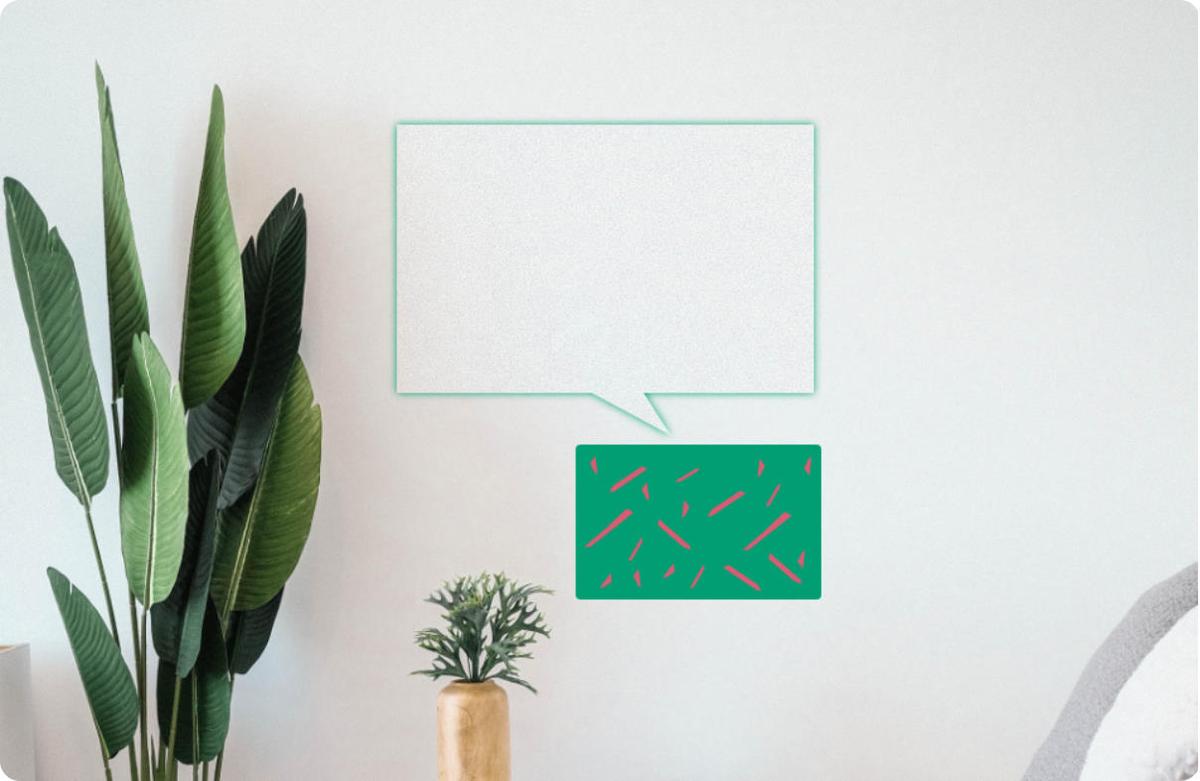Currently, about 125 million people in the world are exposed to asbestos at the workplace. Approximately half of the deaths from occupational cancer are estimated to be caused by asbestos
— World Health Organisation, February 2018.
The Challenge
In 2021, PAG were awarded feasibility funding in the BRII – Regulatory Technology (RegTech) Round to explore innovative options for asbestos detection: The challenge is to overcome existing technical limitations and deliver a solution that is non-destructive (i.e. not removing, drilling or disturbing materials to test) and meets regulatory requirements. PAG formed a collaborative team to investigate the use of microwave sensors for the in-situ detection of asbestos in wall sheeting, using cutting edge AI methods to classify the probability of asbestos presence in building products. This work was successful in achieving ongoing funding, moving to a proof of concept funding phase throughout 2023-24.


The Approach
We are combining extensive field sampling, microwave sensing and cutting edge machine learning to build a deployable prediction model that can accurately predict the presence of asbestos in undisturbed wall sheeting. Microwave sensing is chosen as an avenue of exploration as it fits the criteria of the challenge, which involves addressing industry requirements for non-destructive testing. When combined with deployable machine learning models, this technology could provide users with an accurate real time assessment of the probability of asbestos content within the wall materials. The machine learning models will disentangle the complex information in the response profiles that rely on the dielectric properties of the different building materials that are found within wall sheeting.
The Solution
PAGs multi-disciplinary team includes statisticians, microwave technology specialists and an industry partner. We are building a reference library of samples which are analysed for fibre type in a NATA accredited laboratory and subsequently scanned using the microwave sensor. This labelled data is then modelled under a rigorous validation regime to provide predictions of asbestos content in unknown wall materials. The ML solution, combined with the laboratory labelled reference library allows us to continually update our deployed model when required, such as new products being imported, antenna design updates and adjustments to materials through being subjected to natural disasters.

The Impact
Wall sheeting accounts for 54% of legacy asbestos that is likely to be detected in renovations and demolitions. These materials require management plans and specialist removal procedures as it needs to be removed from site and disposed of at designated landfills. Correct and timely identification could enhance the turn around time of both management planning and disposal. This will also reduce economic and environmental costs and allow for areas of natural disasters, such as flood or bushfire, to be efficiently checked and removed. Making asbestos detection more affordable will have a strong and positive impact on society. People in the lower socio-economic brackets tend to live in older housing and are living with the asbestos legacy on a daily basis. They are not in a financial position that allows them to spend large sums on asbestos testing, but assessors need to be able to cover their costs when conducting residential surveys. With the proposed device testing areas of concern in residential premises will take a fraction of the time it does under the current destructive testing regime. It will also allow structurally sound wall sheeting to remain intact, hence not endangering the health of the residents while a removal plan is formulated.

